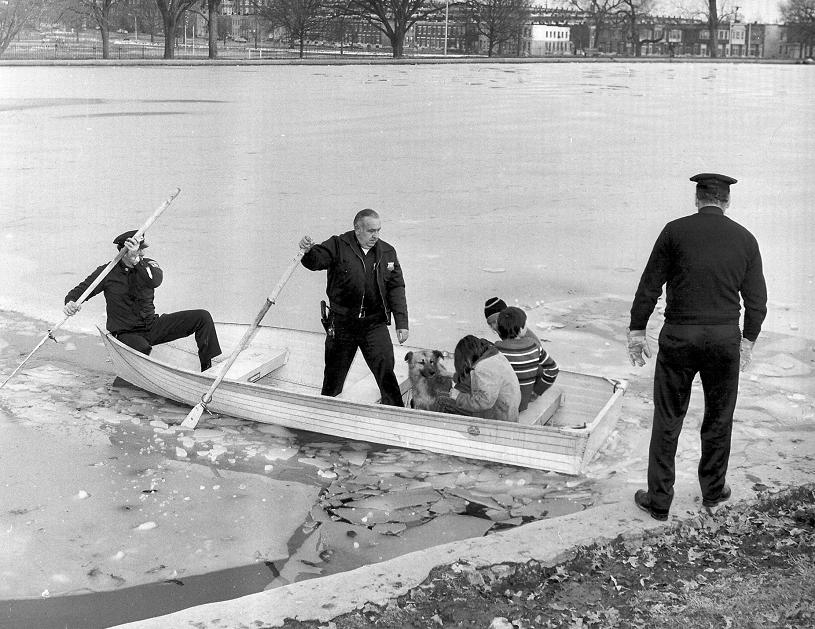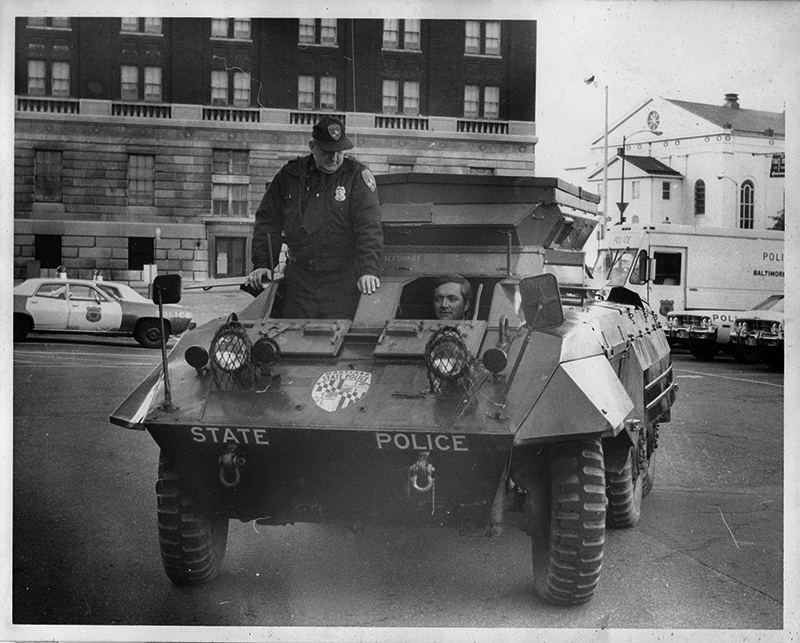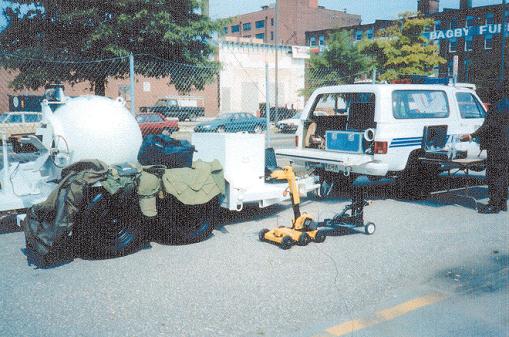Baltimore City Police Tactical Unit

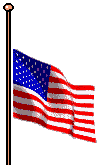
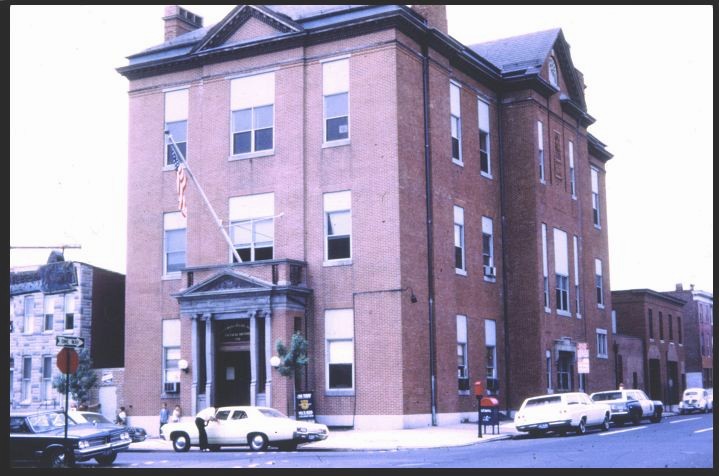
COURTESY OFFICER RICHARD BUSH
TACTICAL SECTION HEADQUARTERS, PRATT & CALHOUN STS., 1967
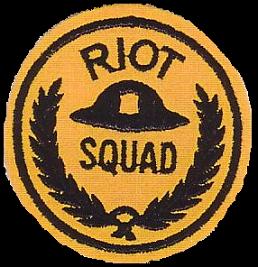

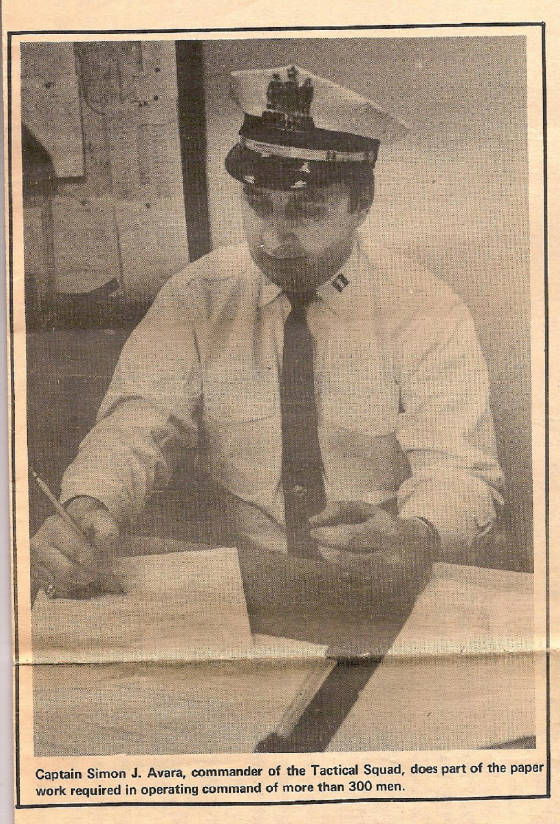
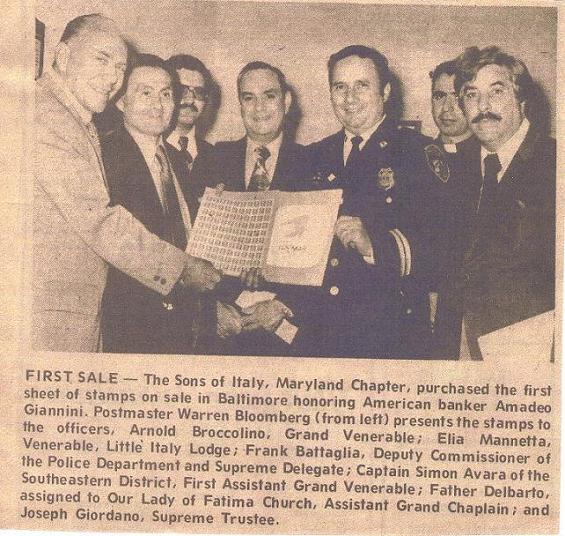
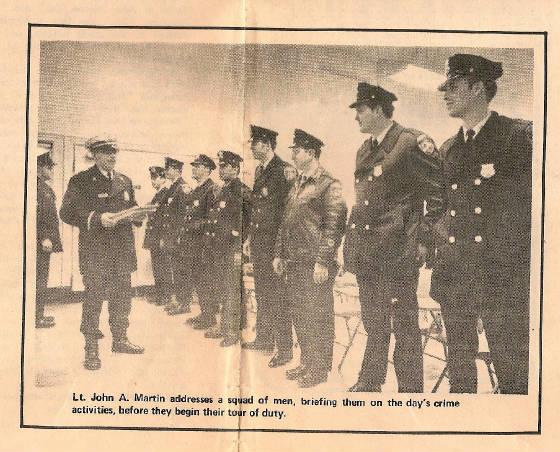
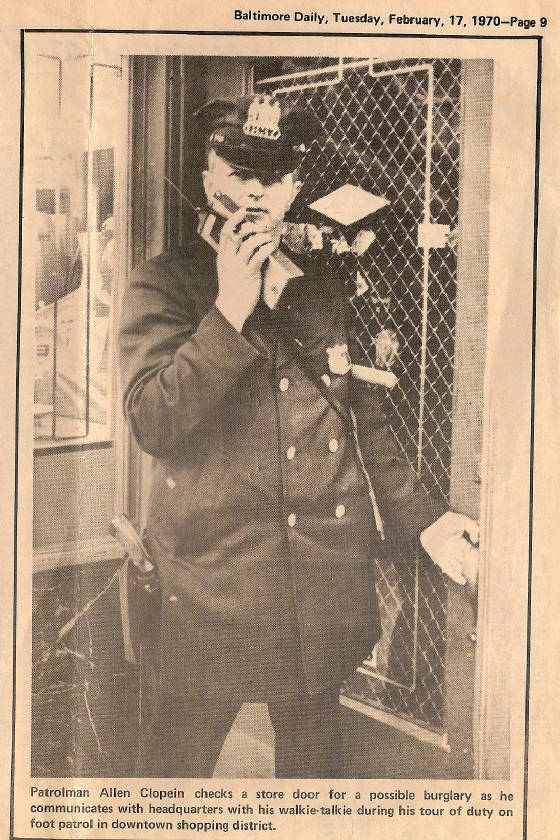


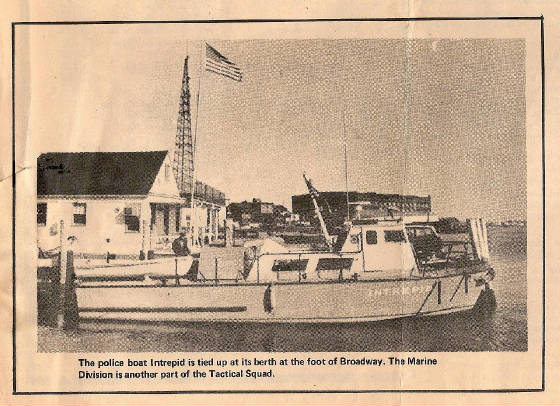
Officer L.J. Campbell demonstrates the "Pepper Fogger", a gasoline powered engine which can spray tear gas (CN/CS) or smoke or a combination to disperse large unruly crowds. Proved very effective by this agency in many situations.

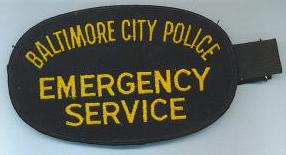
In 1963 The Baltimore City Police Department created the Emergency Vehicle Unit (AKA:) CP-11 and CP-12. There were thirteen original officers. Lt Gil Karner, Sgt Cockrell, Officer Howard Lindsay; Officer Phil Walters; officer Al Borem; Officer Ellis Balwin; Officer Donald Fields; Officer Donald Posey; Officer Bob Fisher; Officer Luther Robinson; Officer Harwood Burret; Officer Bob Beseski; Officer Fred Lutheart. Flight Officer Lt. Harry W. White who was a Tuskegee Airman during the war, and Andrew McNamara.
 Harry W. White III
Harry W. White III
Harry (1924-1990) was the grandson of Harry W. White, Sr. and Laura Hilliard White and the son of of Harry W. White, Jr. (1884-????) and Mary Wesley White (????-????). He was a single-engine pilot in the famed 99th Fighter Squadron during World War II. He, also, rose from Patrolman to Lieutenant in the Traffic Division of the Baltimore City Police Department. Harry W. White City police lieutenant Services for Harry W. White, a retired lieutenant in the Baltimore Police Department who had been a World War II fighter pilot, will be held at 11:30 a.m. today at the St. James United Methodist Church, Lexington and Monroe streets. Mr. White, who was 66 and lived on Burleith Avenue, died Sunday at Sinai Hospital after a stroke. He retired in 1985 as a lieutenant in the Traffic Division, where he spent most of his 28-year police career. Before World War II he worked for the Glenn L. Martin Co., and afterward he worked for the post office. During the war, he was a pilot in the 99th Fighter Squadron of the Army Air Forces after completing training at the Tuskegee Institute. A native of Baltimore, he was a graduate of Dunbar High School and took traffic courses at Northwestern University. Mr. White is survived by his wife, the former Pauline C. Loving of West Baltimore; three daughters, Linda Perdie and Wanda A. White, both of Baltimore, and Pauline Chandler of Los Angeles; two sons, Donald Matthews and Craig J. White, both of Baltimore; four sisters, Marceline Sitney, Laura White, Mary B. Carter and Bertha W. May, all of Baltimore; and seven grandchildren.
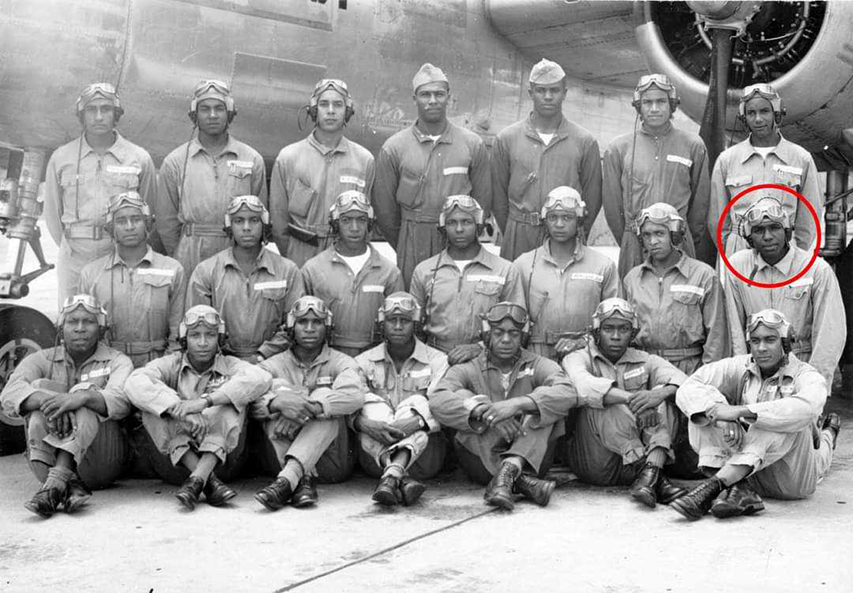
Lt Harry W. White III

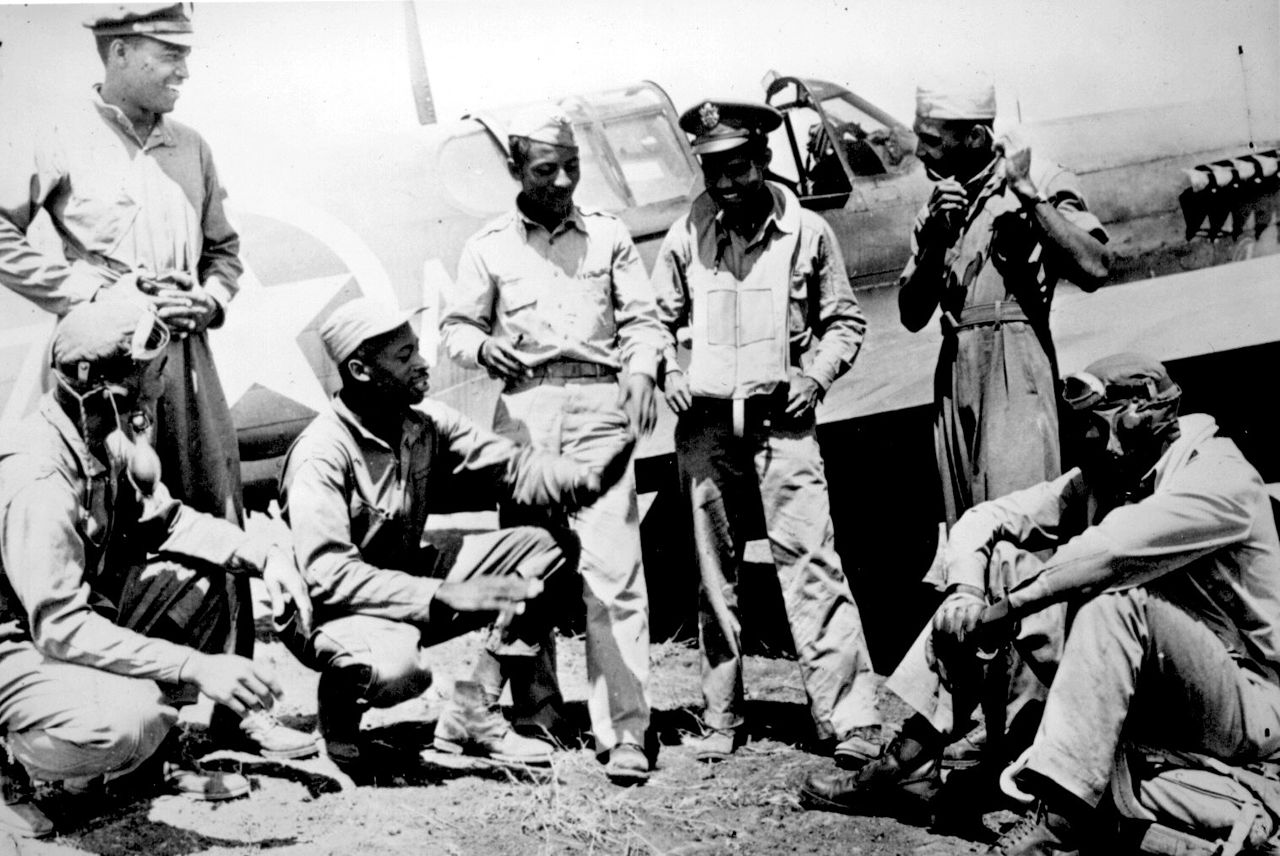
Tuskegee Airmen Archive Photo

Red Tails Continue to Fly in the 99th Flying Training Squadron
Flying out of Randolph Air Force Base in honor of the Tuskegee Airmen
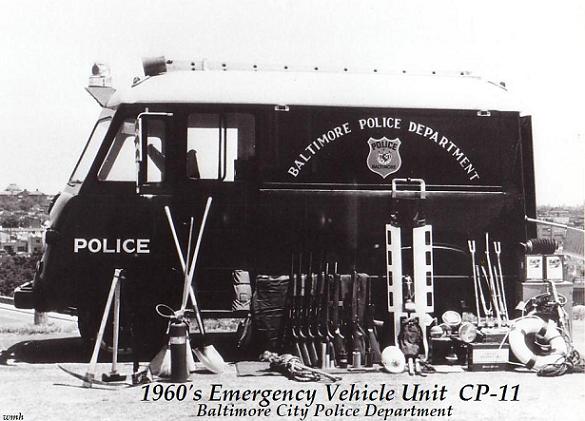
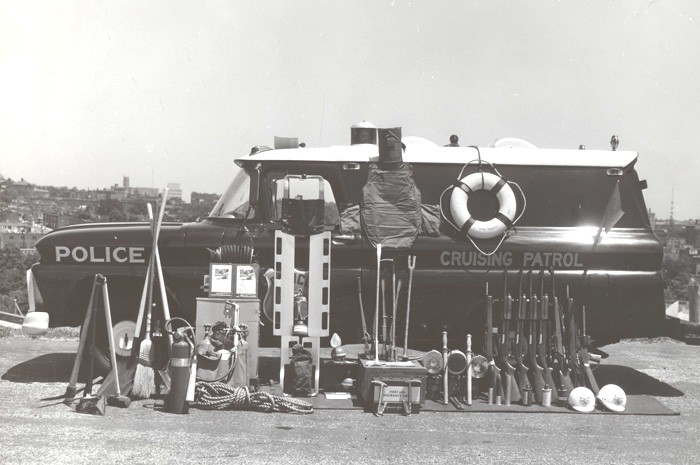
COURTESY MAJOR ROBERT DiSTEFANO


EVU: The Unusual Is Normal
August 1971
Then there was the one about the man who reached into the side pocket to retrieve the proverbial eight ball and wound up behind it when his hand became stuck. A hilarious situation provided it's not your hand, but one which the men of the Department's Emergency Vehicle Unit have handled before. The happy ending involves a partially dismantled pool table, and at least one red-faced, swollen-wristed, temporarily retired pool shooter. The Tactical Section's Emergency Vehicle Unit daily handles requests for service that range from amusing to near tragic and beyond. Each of the Unit's fifteen men are well experienced in life and limb saving techniques, and through the years each has had ample opportunity to demonstrate his ability. The vehicles themselves are stocked with every conceivable tool. Ropes, tranquilizer guns for wounded or sick animals; ladders and lights, portable generators, railroad jacks, picks, shovels and gas masks are just a small sample of the equipment carried. But if the tools and their types are varied, it is because of the varied responsibilities of the men who must use them. On the average, the CP series units respond to twenty-five hundred calls for service a year; calls that can take them anywhere in the city, from Homeland to Fells Point; to render almost any type of public service. A city the size of Baltimore can annually supply more people caught in machinery or in bathtubs or on roofs or under automobiles or inside of them for any number of reasons than can quickly be brought to mind. Then there are the lock calls: people locked out-side of places or people locked inside, under or on top of places. Then, of course, there are precious pets perched atop leafy elms or maples. Or in storm drains. Briefly, the EVU personnel can encounter just about any kind of situation on a given call. So the men themselves must be the Unit's prime asset. They must, above all, be stronger and in better physical shape than the average policeman. But they must also possess a practical knowledge of a wide variety of tools and their uses. There is little time for hesitation, consideration or refresher when a life is in jeopardy Many times, in fact, there is time only to grab the necessary tool and take the necessary action immediately. The average age of the Unit's men is about thirty-five. Most have had a wide experience with mechanics in previous employments. Some even served as Medics in the Armed Forces before entering the Department. All have been trained and retrained in a number of courses that are pertinent to their demanding jobs. Personnel of the Unit have successfully passed courses offered by the U. S. Army's Edgewood Arsenal. All are familiar with the fundamentals of crowd control, and have been given -advanced firearms training at the Department's Education and Training Division. Several of the personnel have passed Civil Defense courses on Shelter Management and the handling of Radiological materials. Not only do Unit personnel attend courses; on occasion they instruct others. Periodically, men of the Unit train Officers from the Department's Districts and Tactical Section in the use and handling of crowd control equipment. In the past, such instruction was also given to personnel of the Baltimore City Jail. Like the rest of the Department, the Emergency Vehicle Unit functions as a public service. Unless on an emergency call, they have never failed to stop and assist stranded motorists and literally hundreds of commendatory letters from citizens have attested to that strong sense of public service. On numerous occasions the CP units have prevented vandalism or theft by responding to fires, break-ins and simple unlocked doors and boarding up the premises. Their wide range of activity has involved them in a number of strange situations. Responding to a burglary in progress call some years ago, the Officers were surprised to find the burglar caught in the intricate iron work of an ancient fireplace down which he had attempted to escape. Administering the more practical aspects of their chosen profession, the Officers neatly extricated the man, then arrested him. There are grimmer aspects. On occasion the CP's have been needed to extricate victims of accidents from the inside of twisted automobile wreckage: a job that requires great strength, infinite patience, and tenderness; attributes no number of tools can supply. During disturbances, men of the EVU are also held responsible for setting up and staffing Command Post and equipping them with working communications equipment. Often they must be the first unit on the scene to aid in the coordination and movement of other units. Besides their other activities, personnel of the unit also actively patrol Fort Smallwood and Lake Roland on a permanent basis. Characteristically, men of the EVU are the direct-approach type, who seldom have the time to study a situation in depth before taking action. Several years ago, two of them were taking part in an Army-sponsored course at the Edgewood Arsenal. As a kind of final examination the members were told to enter a house whose complete structure had been expertly booby-trapped with simulated mines. Rising to the challenge, EVU personnel penetrated the house's outer defenses in a matter of minutes without tripping a single device. Then came the part that separated talented amateurs from professionals: actual entry Realizing that the doorknob was mined the students bypassed it with refreshing simplicity by taking the door off its hinges, immediately gaining both entry to the house and a high passing grade in the course.

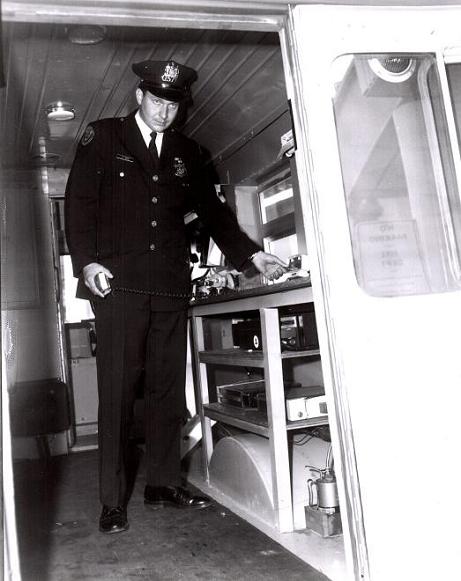
Officer John Hess, Tactical Section
Law Day 1968
Baltimore Riot Squad readies riot equipment in connection with a sit down strike at the Maryland State Penitentiary. The riot was peaceful and the equipment was not needed.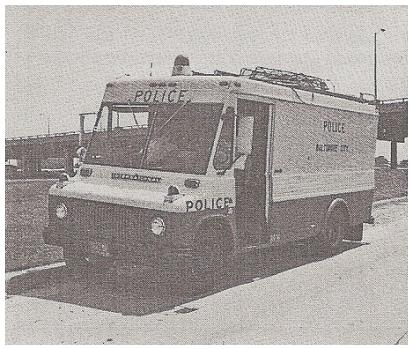
BPD NEWSLETTER
Photo courtesy Lieutenant Robert Wilson
EVU Saves Kids and Dog From Thin Ice at Druid Lake
Photo courtesy Lieut. Robert Wilson
Lieutenant Gilbert Karner supervises the unloading of the armored car that the Maryland State Police loaned this department.
Baltimore Bomb Squad R Miller in State Police Vehicle
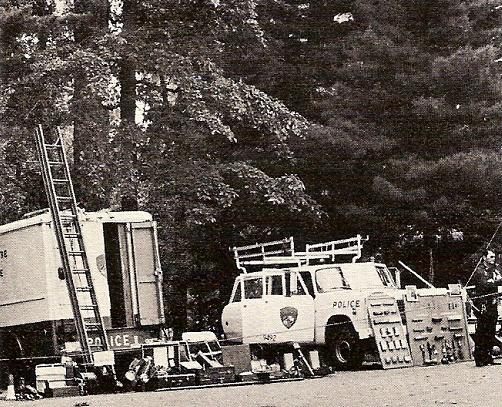
EVU Emergency Vehicle Unit Demonstration
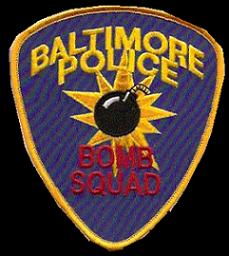
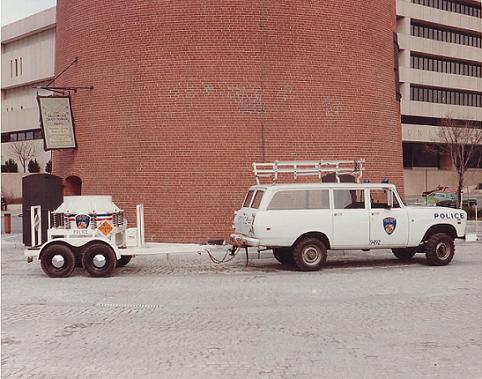
1970's International "Bomb" removal unit.
Courtesy Lt. Don Healy
1998 EVU Emergency Vehicle Unit
Bomb Removal Unit
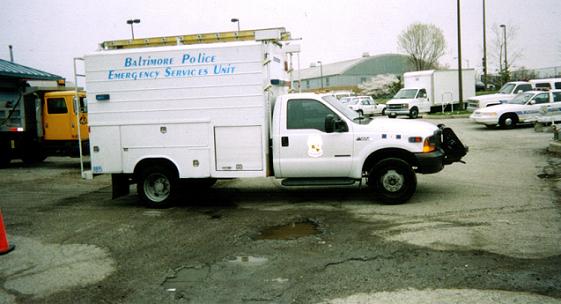
2000 International truck
EVU became the
EMERGENCY SERVICES UNIT
tailored from the NYPD
Photo courtesy Herb Moseley
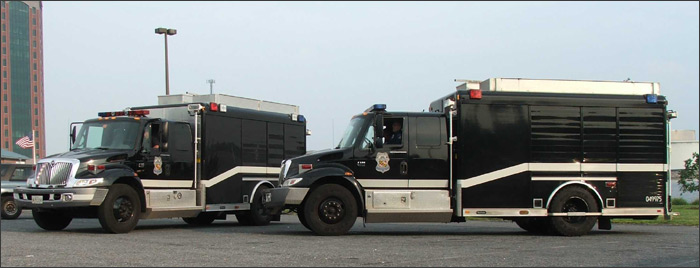
BALTIMORE POLICE DEPARTMENT
Emergency Unit
The Baltimore Police Department, Special Services Division coordinated with Hackney to design a special support vehicle for special response incidents within the city. The vehicle supports all types of emergencies, responds with all SWAT incidents, barricade and hostage situations and assist the fire department with rescue operations. It is staffed by specially trained officers who use the vehicle for routine patrol while awaiting special services calls. “It never sits still,” stated Sgt. Bob Kraszmer, project director. The specially designed body is 15-ft long and mounted on an International 4400 extended cab chassis . The front environmentally controlled compartment features a small command center and interior secured weapons storage cabinet with roll-up doors. The exterior compartments are accessed via seven (7) roll-up doors. There are two (2) compartments on the roof for storage of roof ladders and equipment. Special compartments are provided over the rear axle for quick deployment of bunkers and shields, stokes basket stretcher and backboards. All other space is arranged with slide-out trays and shelving. Power is provided by a 25,000 watt Onan PTO generator. It powers flood lighting and cord reels. Receives are mounted under the front and rear bumper for attachment of a portable winch or rope tie-off rings.

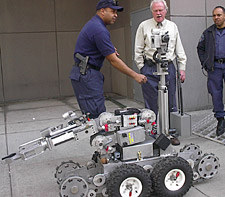
Bomb Diffusing Robot
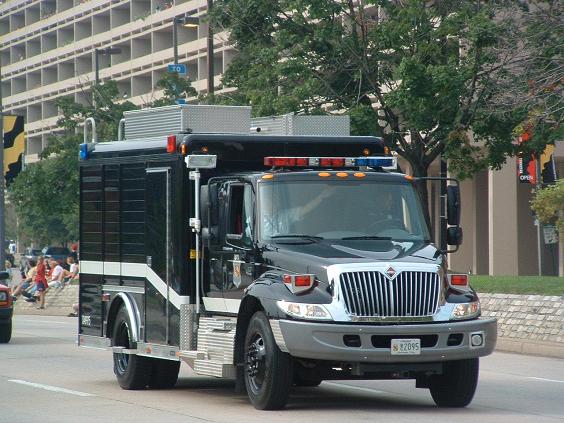
EMERGENCY SERVICES UNIT 7811
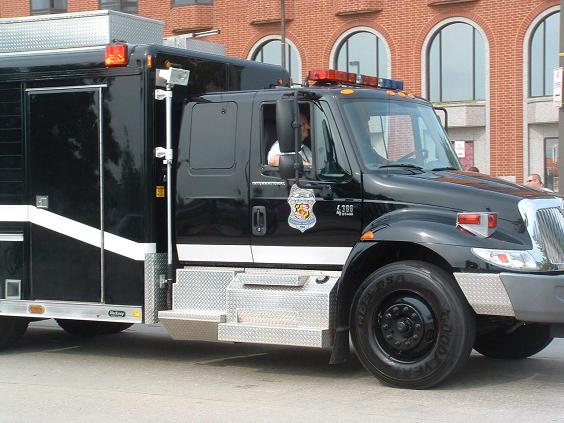
Police rescue a duck

POLICE INFORMATION
Copies of: Your Baltimore Police Department Class Photo, Pictures of our Officers, Vehicles, Equipment, Newspaper Articles relating to our department and or officers, Old Departmental Newsletters, Lookouts, Wanted Posters, and or Brochures. Information on Deceased Officers and anything that may help Preserve the History and Proud Traditions of this agency. Please contact Retired Detective Kenny Driscoll. This email address is being protected from spambots. You need JavaScript enabled to view it.

NOTICE
How to Dispose of Old Police Items
If you come into possession of Police items from an Estate or Death of a Police Officer Family Member and do not know how to properly dispose of these items please contact: Retired Detective Ken Driscoll - Please dispose of POLICE Items: Badges, Guns, Uniforms, Documents, PROPERLY so they won’t be used IMPROPERLY. Please contact Det. Ret. Kenny Driscoll if you have any pictures of you or your family members and wish them remembered here on this tribute site to Honor the fine men and women who have served with Honor and Distinction at the Baltimore Police Department. Anyone with information, photographs, memorabilia, or other "Baltimore City Police" items can contact Ret. Det. Kenny Driscoll at This email address is being protected from spambots. You need JavaScript enabled to view it. follow us on Twitter @BaltoPoliceHist or like us on Facebook or mail pics to 8138 Dundalk Ave. Baltimore Md. 21222
Copyright © 2002 Baltimore City Police History - Ret Det Kenny Driscoll
You May Like






























